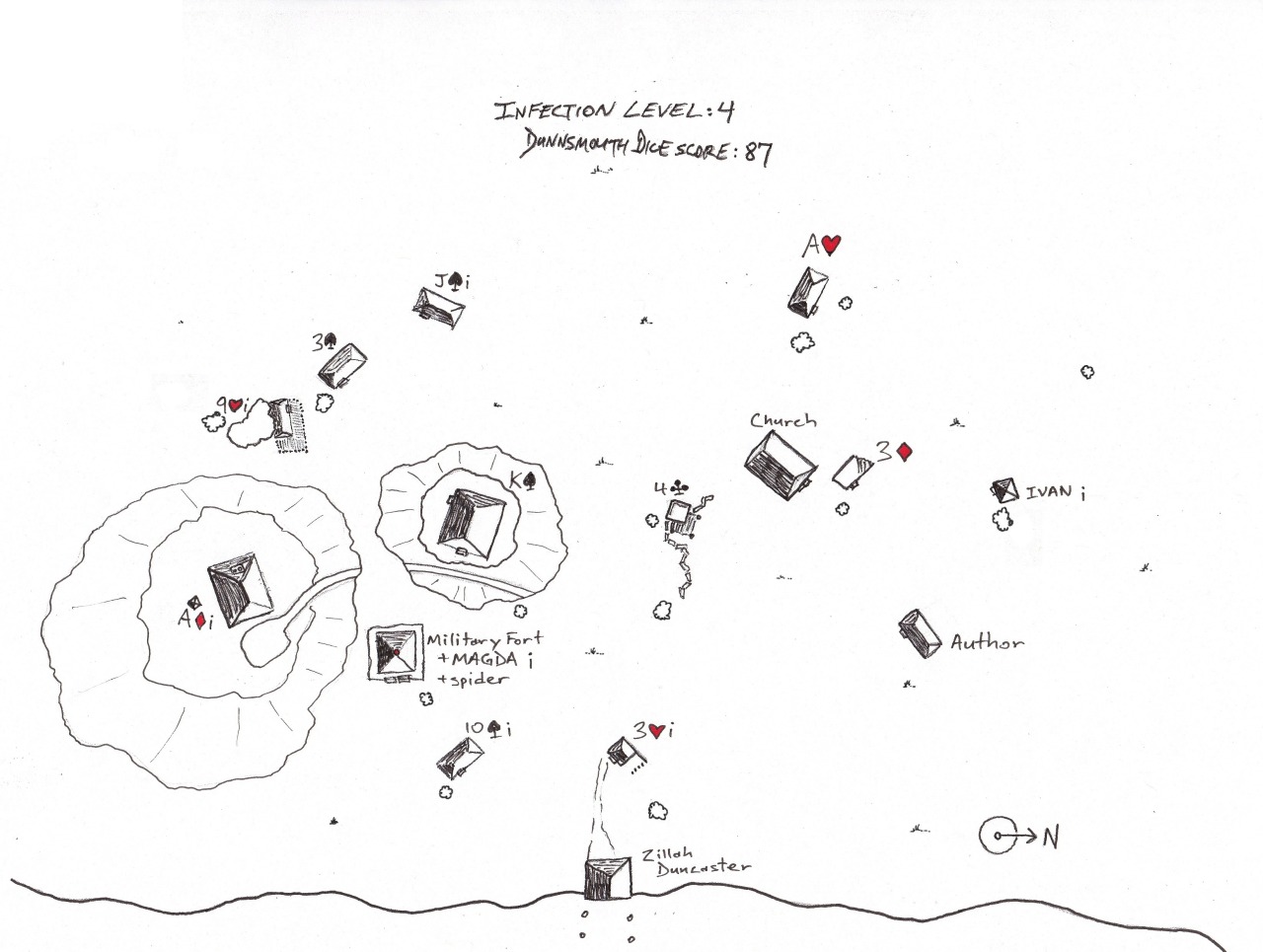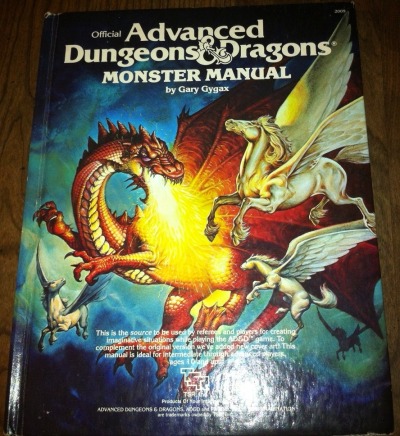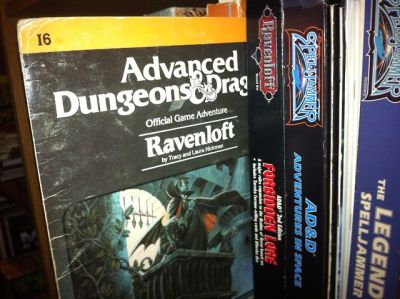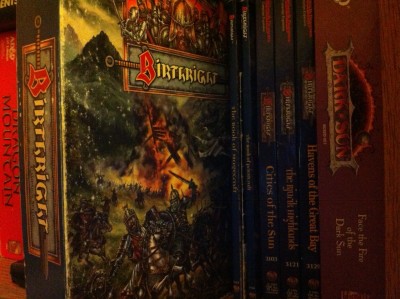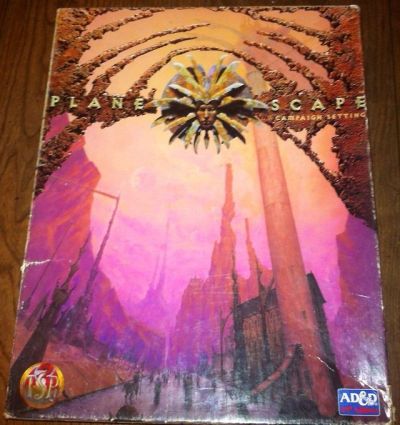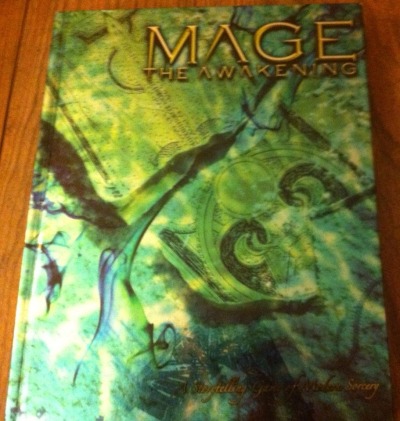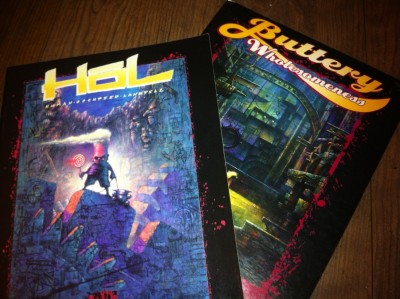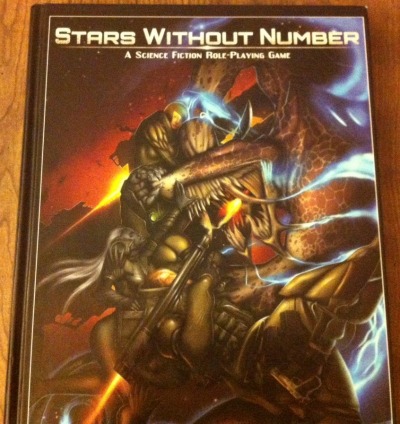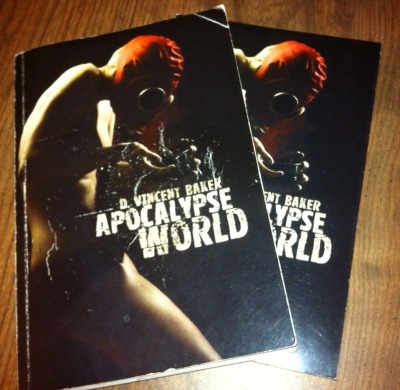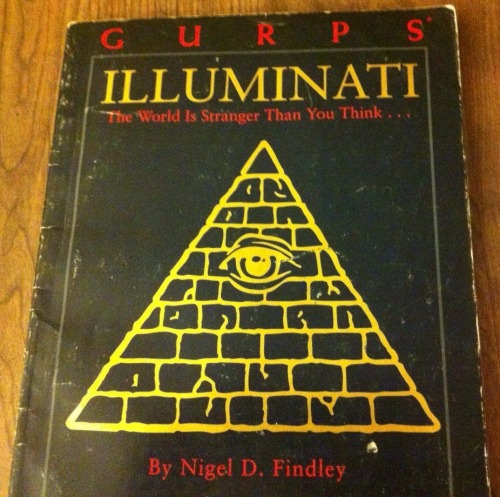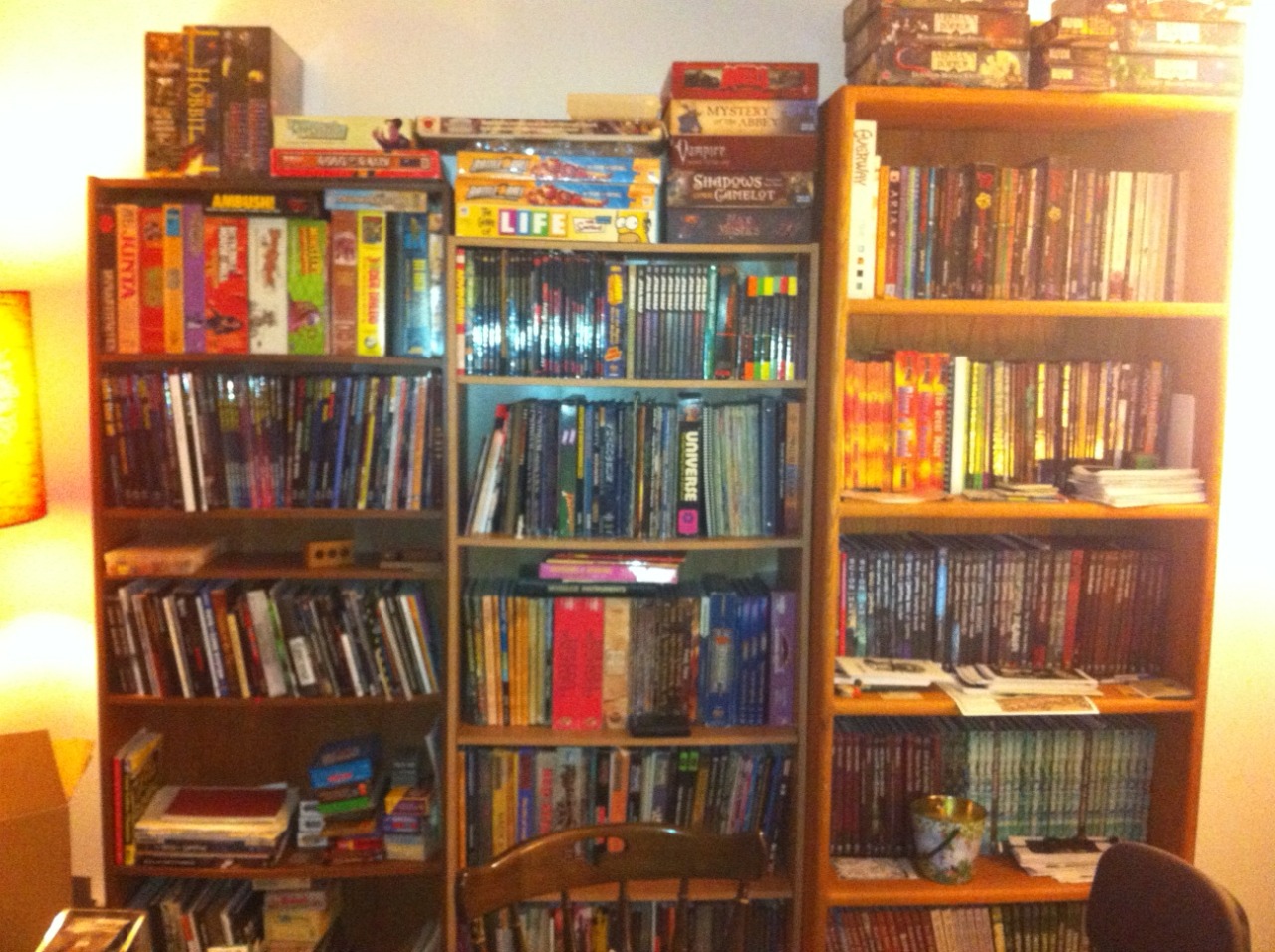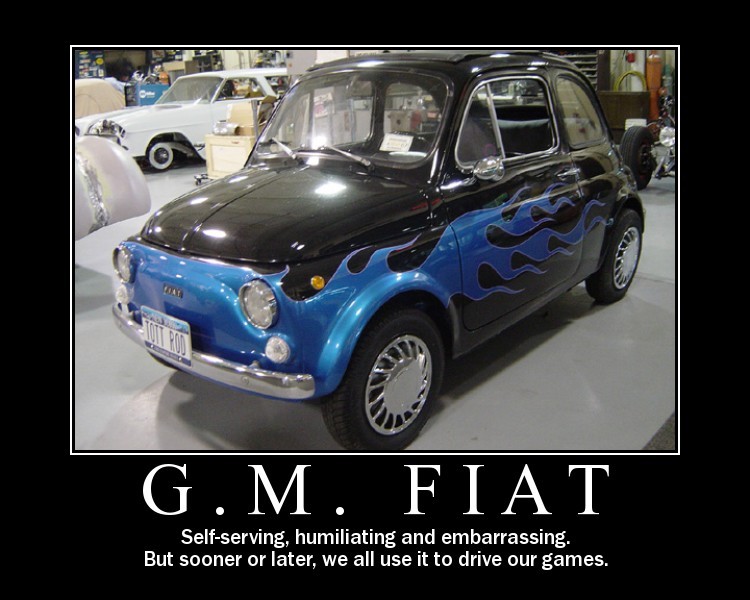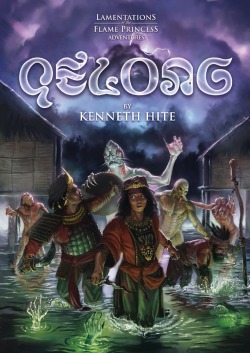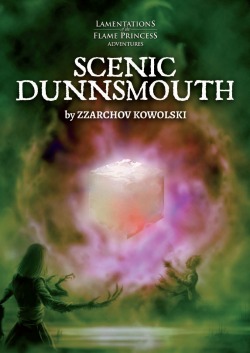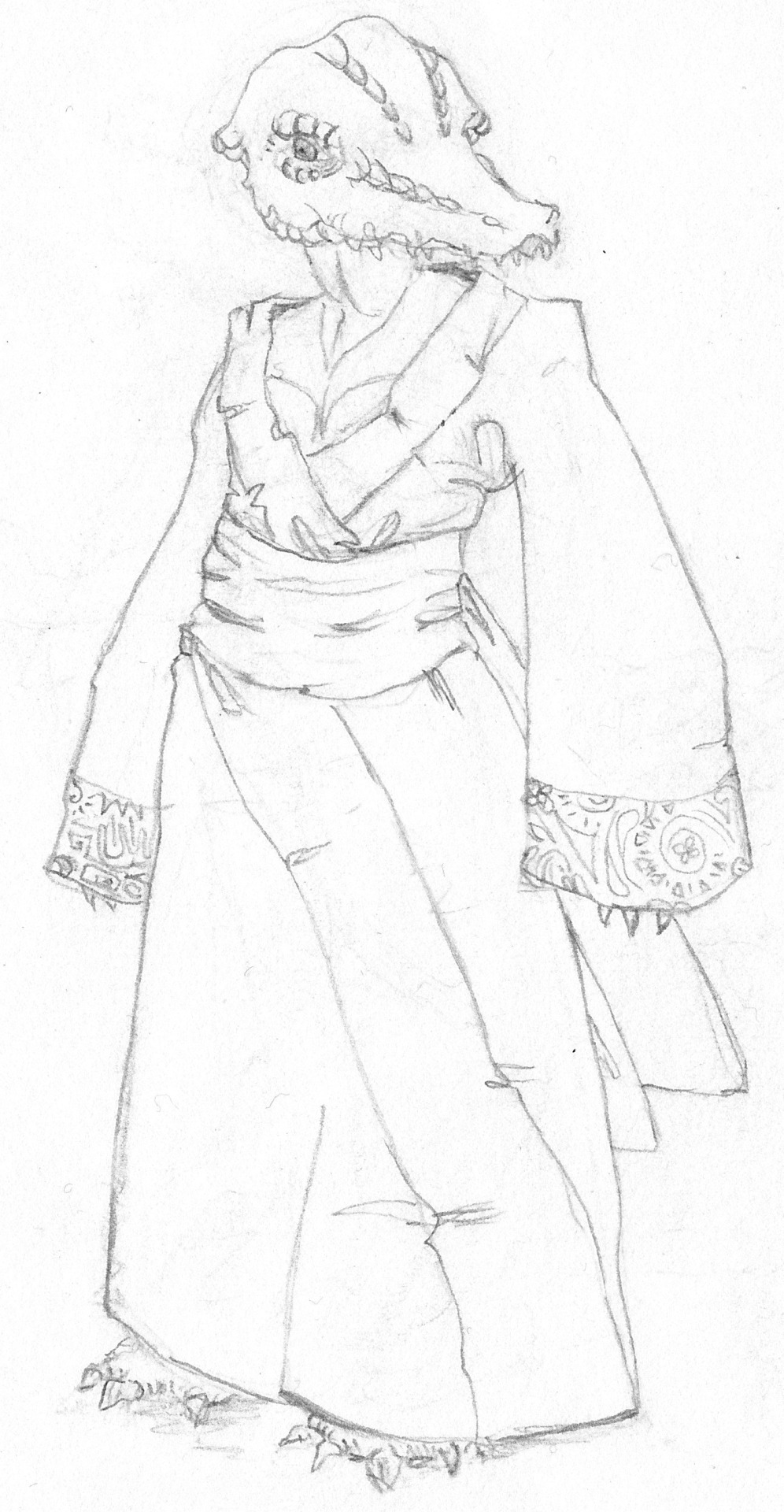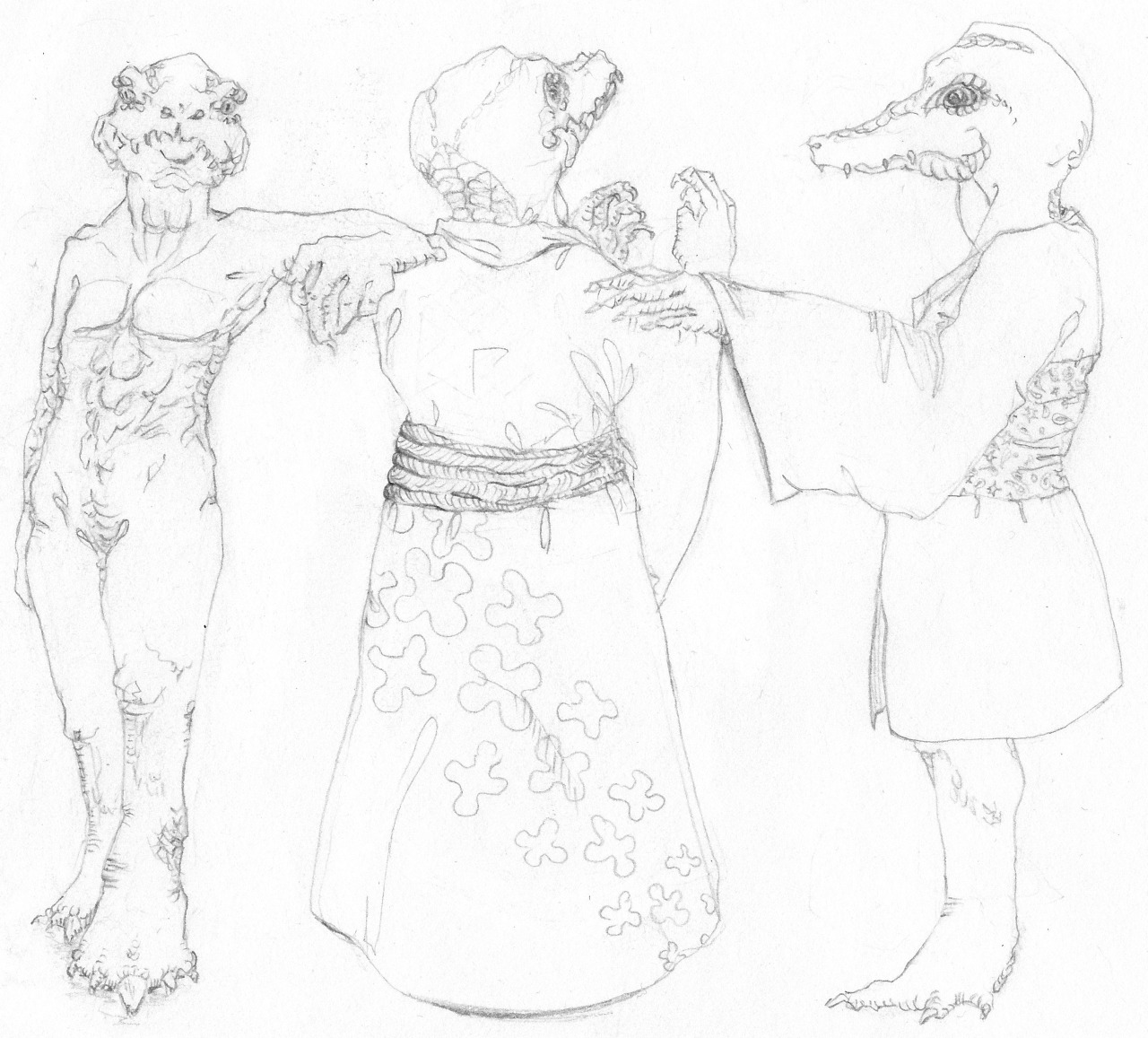This scenario was inspired by the map of
Ravenson's Landing. When I first saw the map I thought of a game in which I had played where there were these abandoned military towers along the coastline, and that immediately led me to thinking about it as a place that could go into my Kosranon setting. Except the region I'm focusing on right now is along a northern coastline. I flipped the map, and adjusted a little bit of the artwork to make it look right, but otherwise the image is unchanged from how
Dyson first posted it.
Because I'm using it for Kosranon everything written below references that world, many of the monsters have insectile features, but all of it should be easy to adapt to an OSR game, and where applicable I've included generic OSR stats or an OSR-friendly version of each location (inside parentheses). This scenario was written for 1st-level characters.
Legalese: the map on this page is copyright 2013 by Dyson Logos

Jetsam Village is named for the sunken wreck of a hulking ship, splintered into three pieces, that lies just beneath the surface of the water along the coast. The small inlet cannot be approached by vessels much larger than a canoe or rowboat due the wreck's size and the potential damage it could cause to any ship that seeks purchase on the shoreline. This makes the small village an ideal spot for pirates to unload their goods and barter with landlubbing inhabitants, the decrepit tower serving as a noticeable landmark that requires no maintenance.
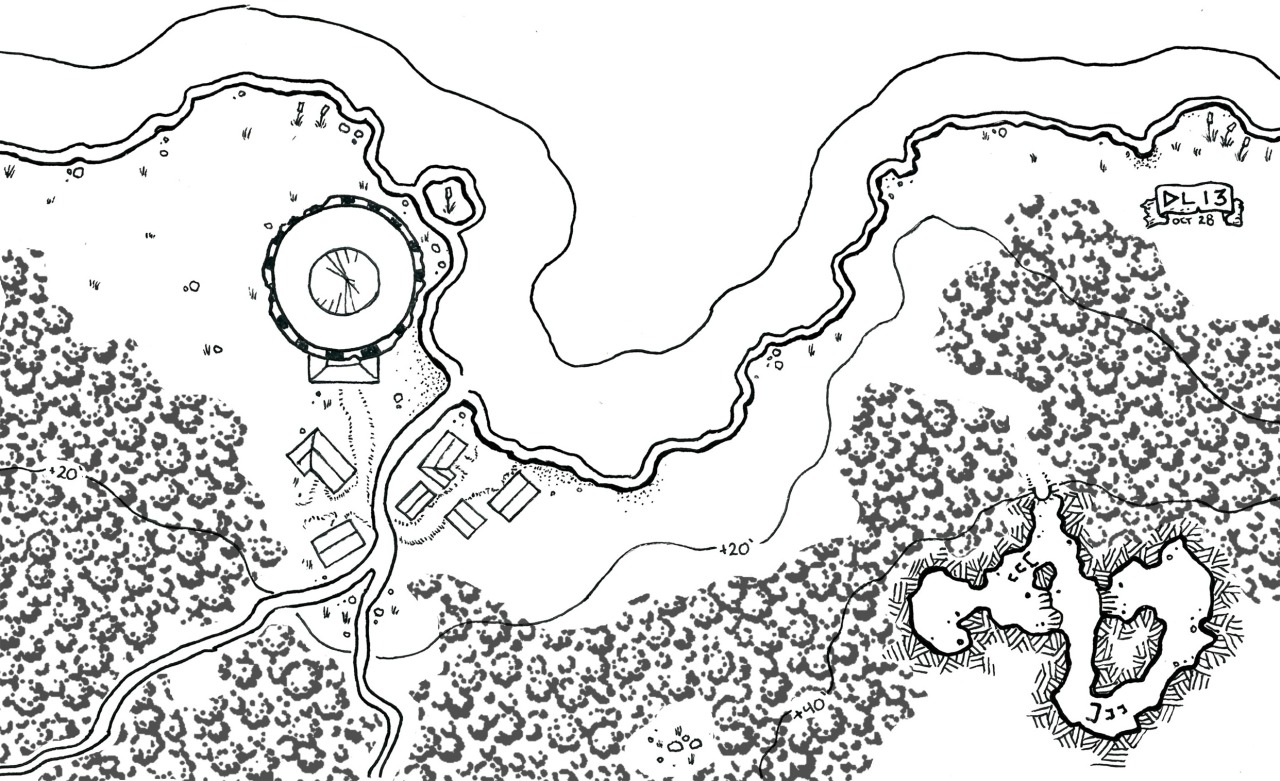
While not a part of any established local governance, Jetsam Village is assumed to be uninhabited by neighboring lords due to the abandoned military tower that lies in partial ruins. The collection of small buildings next to the tower were once used to store supplies and house soldiers for a war that nobody remembers. The closest villages and cities have made no claim on the tower or the grounds surrounding it, and many do not even know it exists.
Currently the village is being used by a small group of smugglers who are the main suppliers for the black market in Marakāven and the Hidden Fortress to the south. Marakāven is the closest city, roughly 20 miles to the east of Jetsam Village. The smugglers make regular trips to the Hidden Fortress, and if the pirates are not doing well then the smugglers will turn to banditry to keep themselves supplied.
The Tower:
The northern side of the tower has collapsed and the interior is exposed to the wind from the ocean, and any sailing ships passing by can see inside well enough. The smugglers don't camp inside the tower at all, but instead use the ground floor as a trash receptacle and lavatory. There are two levels below the tower, including a modest number of dungeon cells, most of which are currently occupied by fist-sized maggots that are feeding off the carcass of an
orsect. The orsect was drawn to the site by the feces being dumped by the smugglers, but got trapped on the lower level and starved to death. Any day the fist-sized maggots will transform into
quilids (2d6 quilids, 1 HD each, and each is about 3 feet long), and the village will become infested with the pests.
(instead of an orsect being feasted on by quilid maggots, treat as an ogre corpse being feasted on by giant ant maggots)
The Village:
Most of these buildings are in a foul state of disrepair. The largest happens to be both the most damaged and the current residence of the smugglers' leader, Varim. Every building has had it's windows boarded up and covered in heavy cloth to prevent any accidental light from spilling out onto the water and revealing to passing ships at night that any of the buildings might be inhabited. However there is not enough traffic to maintain a constant presence at the village, and pirates only bring stolen goods to the village once every two or three months. When PCs encounter the village a shipment should either be about to arrive or have just been traded and ready to load up in wagons for a trip south.
Varim is a
Junian from Marakāven. He has a deal with the ruler of the Hidden Fortress to the south, Captain Cassandra, that allows him to sell contraband and stolen goods in her town. Varim has two lieutenants; Set, a Junian from Cliffwater, who negotiates with pirates that make landfall near the village, and Dai, an
Athomian, the thug of the group who keeps any other guards or hirelings in line and probably the most dangerous. They will always have people helping them, assume they have two more criminal thugs with them for every PC in your group.
Sometimes the smugglers sell slaves to Captain Cassandra, but these are always
Oukek or
Kcaltsim Dwarves that were captured wandering near the village.
(treat Oukek like halflings; treat Kcaltsim Dwarves like regular dwarves; treat Varim and Set like 2nd-level thieves, and Dai as a 3rd-level fighter, treat anybody working for them as 1st-level fighters)
The Wreck:
Beneath the waters of the inlet lies the split apart bow and stern of an old ship, the Prideful Princess. The remains of the vessel has never been properly searched, and many salvageable items remain in the ship's hold. The heavy water damage will have destroyed most objects, but there is plenty of silver and gold to be scrounged if anybody can find a way of diving to the innards of the ship. Detecting magic may reveal that there are at least two items of note still resting within the bow of the wreckage. Vicious GMs could stock the wreckage with a large octopus, but getting to the magic items should be challenging enough for a low-level party.
A
Bottle of Lightning will be found in the pockets of a dead body just underneath the main hold in the bow. This bottle is made of pristine and clear glass, stoppered with a simple cork. When broken (or opened) will release a 5d6 lightning bolt that strikes anybody within 15 feet of the bottle.
The Silver Platter can be found in the Captain's quarters, it is a food platter made of finest silver and looks like it was once part of a set of silverware for fine dining. Any food or drink that is left to rest on the plate will never spoil or decay. Further, any food or drink left on the plate for longer than a few seconds becomes unspoiled and freshened as if it were freshly prepared, and any poisons in the food or drink are also purified and removed.
The Cave:
Despite it's close proximity to the village, this cave is unknown to the smugglers living there. If the PCs approach from the east along the coast they can easily see the entrance to the cave before approaching the village. Recently a pregnant
aurymite sought shelter here during a storm and gave birth to six babies. She is desperate to find a way to carry her daughters to an aurymite camp to the west, but doesn't want to become exposed to the smugglers. She has been camped here for over a week and many of the edible flora nearby has been consumed by her and her children, but the time spent here has also allowed her to spy on the smugglers. She knows their routines and can guess at some of the activities they are up to, she is a reliable source of information for the PCs and will gladly exchange her knowledge for an escort home, or another suitable course of action. If pressed into combat she will fight with a battleaxe and attempts to defend her daughters by leading attackers away from them or the cave.
(instead of an aurymite use a troll, this encounter no longer becomes one where information can be gleaned but the six troll babies should make for a perplexing predicament)

